I’m a space nerd. It might have something to do with astronomy being one of my majors back at UW, it may have to do with all the Star Trek and Star Wars I have watched, or it might just be part of the inherent wonder that is space. Regardless, I am a space nerd. Anything NASA I love. I love From the Earth to the Moon, When We Left the Earth, In the Shadow of the Moon, and any other video I can get my hands on. I can watch launch videos like this over and over. I remember when the Challenger exploded after liftoff and the Columbia breaking up as it reentered the atmosphere; devastating me. While I look forward to the future of manned spaceflight, it is somewhat sad to see the Shuttle Transportation System come to an end later this year.
As part of the decommissioning of the shuttles, NASA is allowing educators to have a piece of the program. Space Shuttle Tiles for Teachers:
NASA is now offering space shuttle tiles to educational institutions. Would you like to have a piece of history for your classroom or lecture space? Sign up now because a limited number of tiles are available on a first-come, first-served basis.
I went through the (fairly involved) procurement process and just received my very own (well I suppose technically my school’s) tile!!
Each Space Shuttle carried over 24,000 separate Thermal Protection System tiles, and each one was a different size and shape. This is an authentic tile and is presented to honor 30 years of Space Shuttle flights and the great achievements made by the men and women of NASA in science, aeronautics, and space exploration.
Here is a bunch of info about the Space Shuttle Thermal Protection System tile. My piece does say “Training Only” on it which I suppose could mean it hasn’t actually been to space, but really, I don’t care. It has been on the shuttle, is part of the incredible program and a piece of history. For more info and links, check out the Space Shuttle Tiles for Teachers website.
This may not seem like a big deal; it is a fairly tiny (around 20cm square and 1cm thick) piece of lightweight (but amazing) ceramic. But I am very proud to have just a little bit of NASA and Space Shuttle history!
Images of my tile (click for larger version) (Oh, and I should note: the tile is wrapped in plastic, that is why there is a glare):
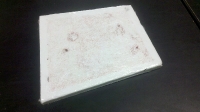
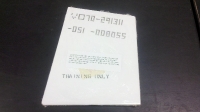
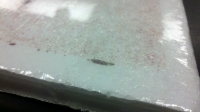
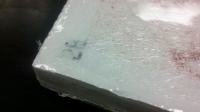
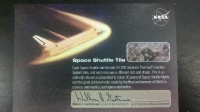
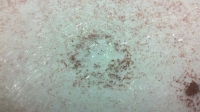
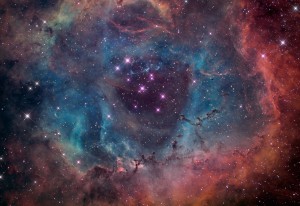
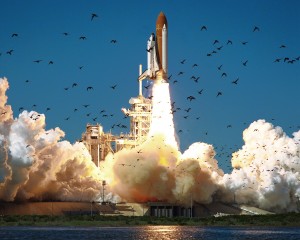
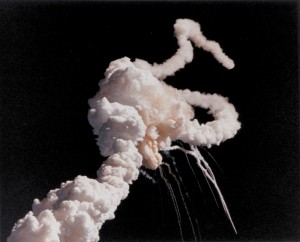







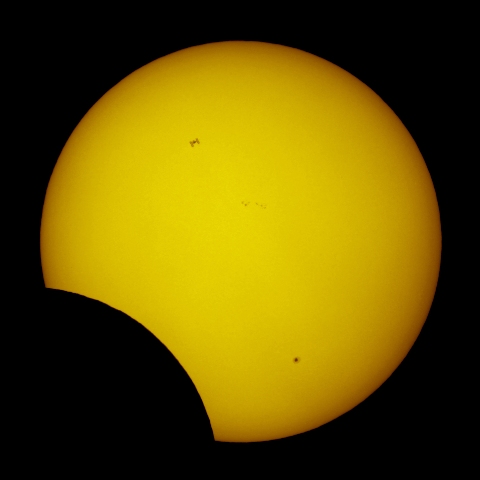
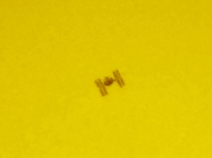



Recent Comments